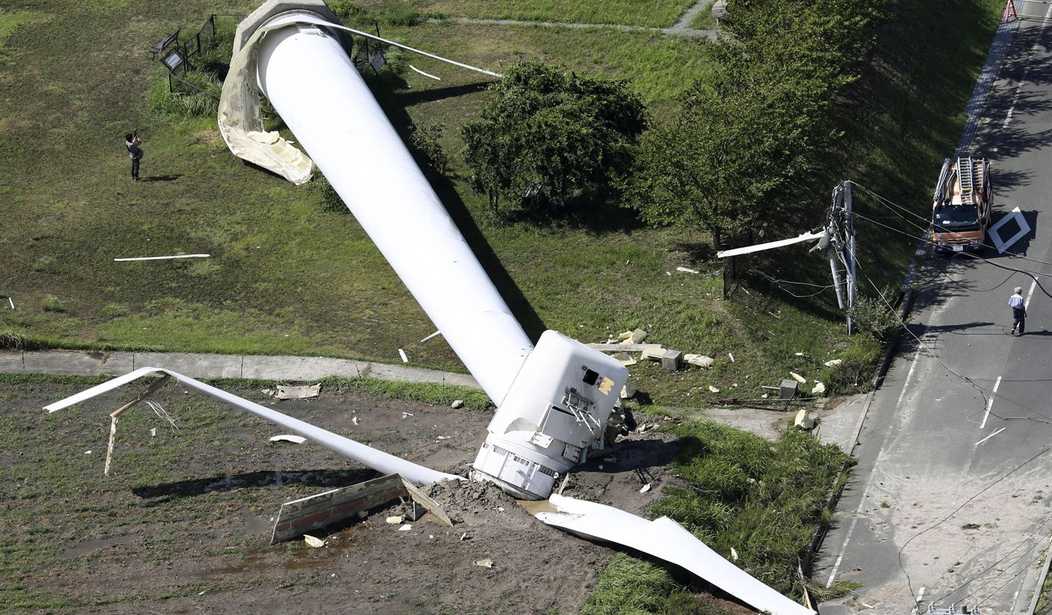“Net Zero” is the hot thing among Climate Change zealots and has been for quite a while.
The idea is simple: if excessive emissions of CO2 are changing the atmosphere sufficiently to cause undesirable changes in the climate, then we have to quit emitting excessive levels of CO2. The “net” part of Net Zero is finding a way to remove CO2 from the atmosphere in the same quantity with which we increase it through the use of machines.
Simple enough. It’s a bad policy, but the reasoning is simple enough to understand.
More than 140 countries, including the biggest polluters – China, the United States, India and the European Union – have set a net-zero target, covering about 88% of global emissions. More than 9,000 companies, over 1000 cities, more than 1000 educational institutions, and over 600 financial institutions have joined the Race to Zero, pledging to take rigorous, immediate action to halve global emissions by 2030.
This policy goal is truly insane, and everybody promoting it is as well. And, as the Telegraph reports, they are incredibly careless as well, playing with human lives and prosperity without thinking anything they do through to their logical conclusions. Their obsession with Net Zero overrides the most basic level of prudence one would expect from world leaders.
Net zero's criminal malfeasance:
"The Climate Change Committee @theCCCuk only 'looked at a single year' of data showing the number of windy days in a year when it made pronouncements on the extent to which the UK could rely on wind and solar farms to meet net zero."… pic.twitter.com/KnrR578Qa8
— Steve Milloy (@JunkScience) January 20, 2024
Two of the primary strategies for achieving Net Zero are, as you know, electrifying everything while simultaneously abandoning the use of fossil fuels to produce electricity. And, since nuclear power is controversial, time-consuming to construct, and requires a substantial up-front investment, countries are placing almost all their eggs in the “renewable” generation basket.
If renewables were reliable and affordable, it would be a great idea. Who wouldn’t prefer a cheap method for reliably generating a lot of electricity without depleting resources we could use for other things, or stretch out for a longer period? If it is all upside and no downside, why not?
Yeah, well, but…None of that is true, so the advocates get sloppy, deceptive, and push ridiculous propaganda out to obscure the basic facts.
Britain’s climate watchdog has privately admitted that a number of its key net zero recommendations may have relied on insufficient data, it has been claimed.
Sir Chris Llewellyn Smith, who led a recent Royal Society study on future energy supply, said that the Climate Change Committee only “looked at a single year” of data showing the number of windy days in a year when it made pronouncements on the extent to which the UK could rely on wind and solar farms to meet net zero.
“They have conceded privately that that was a mistake,” Sir Chris said in a presentation seen by this newspaper. In contrast, the Royal Society review examined 37 years worth of weather data.
Last week Sir Chris, an emeritus professor and former director of energy research at Oxford University, said that the remarks to which he was referring were made by Chris Stark, the Climate Change Committee’s chief executive. He said: “Might be best to say that Chris Stark conceded that my comment that the CCC relied on modelling that only uses a single year of weather data … is ‘an entirely valid criticism’.”
The CCC said that Sir Chris’s comments, in a presentation given in a personal capacity in October, following the publication of his review, related solely to a particular report it published last year on how to deliver “a reliable decarbonised power system”.
Here’s a simple question for you: would you completely upend a system that was working and that undergirded your civilization based on such a limited amount of data?
If the answer is “Yes,” step aside and let the adults make policy because you are a buffoon. Unsurprisingly reality has not matched the fantasy of the Nut Zeros.
But, in response to further questions from this newspaper, the body admitted that its original recommendations in 2019 about the feasibility of meeting the 2050 net zero target, were also based on just one year’s worth of weather data. The recommendations were heavily relied on by ministers when Theresa May enshrined the 2050 target into law. A CCC spokesman said: “We stand by the analysis.”
In October 2021 The Sunday Telegraph revealed that assumptions underpinning the committee’s 2019 advice to ministers included a projection that in 2050 there would be just seven days on which wind turbines would produce less than 10 per cent of their potential electricity output. That compared to 30 such days in 2020, 33 in 2019 and 56 in 2018, according to analysis by Net Zero Watch, a campaign group.
It is not accidental or, bad enough, negligence that led to this rather error-prone way of estimating energy needs. Instead this is the sort of strategy used all the time in getting government to do remarkably stupid things: mislead about what the actual costs and benefits of achieving a goal would be.
In my earlier life as an activist, I saw this strategy used all the time: project an unrealistically low cost, claim unreasonably high benefits, and use the sunk cost fallacy to keep the money flowing. Projects in government can escalate in cost by as much as a factor of 20 or more and produce few actual benefits, but once the first dollars flow in the project has a life of its own.
Think high-speed rail in California. Costs have escalated out of control; hardly anything has been built; and a project that was supposed to be already running will likely never get finished. But the gravy train for the people getting the money continues for years or decades. The project got off the ground in…1996 and has consumed untold billions of dollars without much of anything having been built. The project got the green light in 2008, and costs have ballooned with little progress having been made.
The costs for the California high-speed rail project, which voters approved $10 billion in 2008, have risen sharply and the authority has not identified key funding needed for the project that has faced numerous delays.
The full San Francisco to Los Angeles project was initially estimated to cost around $40 billion but has now jumped to between $88 billion and $128 billion.
The rail authority estimated costs for an initial 171-mile segment connecting Merced to Bakersfield rose from $25.7 billion to at least $32 billion and is hoping initial service will begin in 2030.
Just to let you know, the Merced to Bakersfield portion is all in central California, where few people actually live. In other words, there will be a segment of high speed rail from nowhere to nowhere. Not to offend the good folks of Merced and Bakersfield, but nobody would have approved a $32 billion train from one to the other. It would have been the subject of very unkind jokes.
Now, it is reality, or rather, it might be late in this decade. That is how government scams work.
Nut Zero is using that model. Overpromise, underdeliver, skim a ton of money off the taxpayers and create a disaster.
Nobody involved with Net Zero has your interests in mind, and only the childish believe it is possible or desirable in the foreseeable future. Trillions will be made by scammers, bureaucrats and the transnational elite will gain more control over you, and the average person will be immiserated.
That is the reality of Nut Zero. It is a scam and a power grab. Nothing more. Trust nothing its advocates say.








Join the conversation as a VIP Member